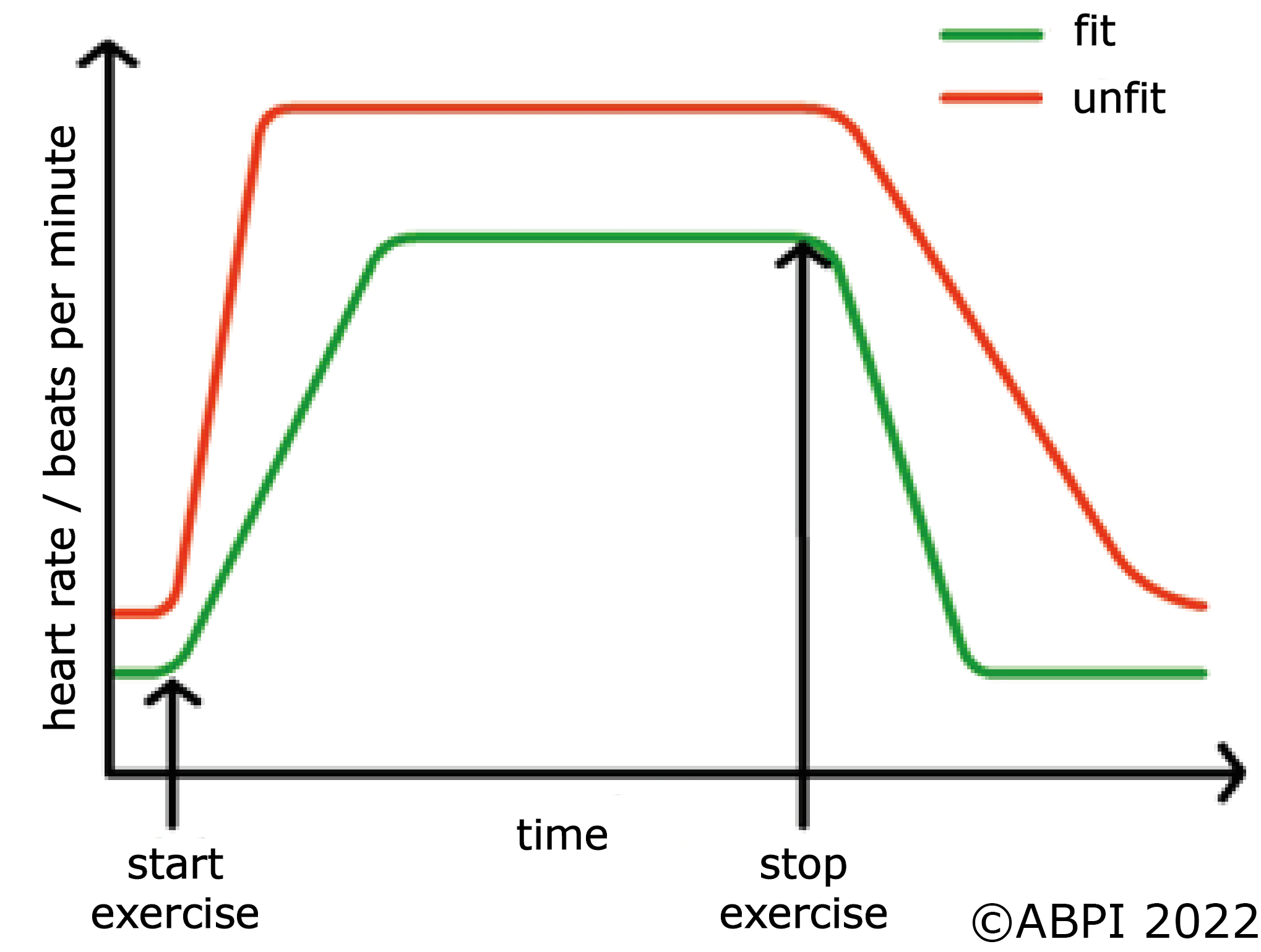This topic takes on average 55 minutes to read.
There are a number of interactive features in this resource:
 Biology
Biology
 Human biology
Human biology
 Physical education
Physical education
 Science
Science
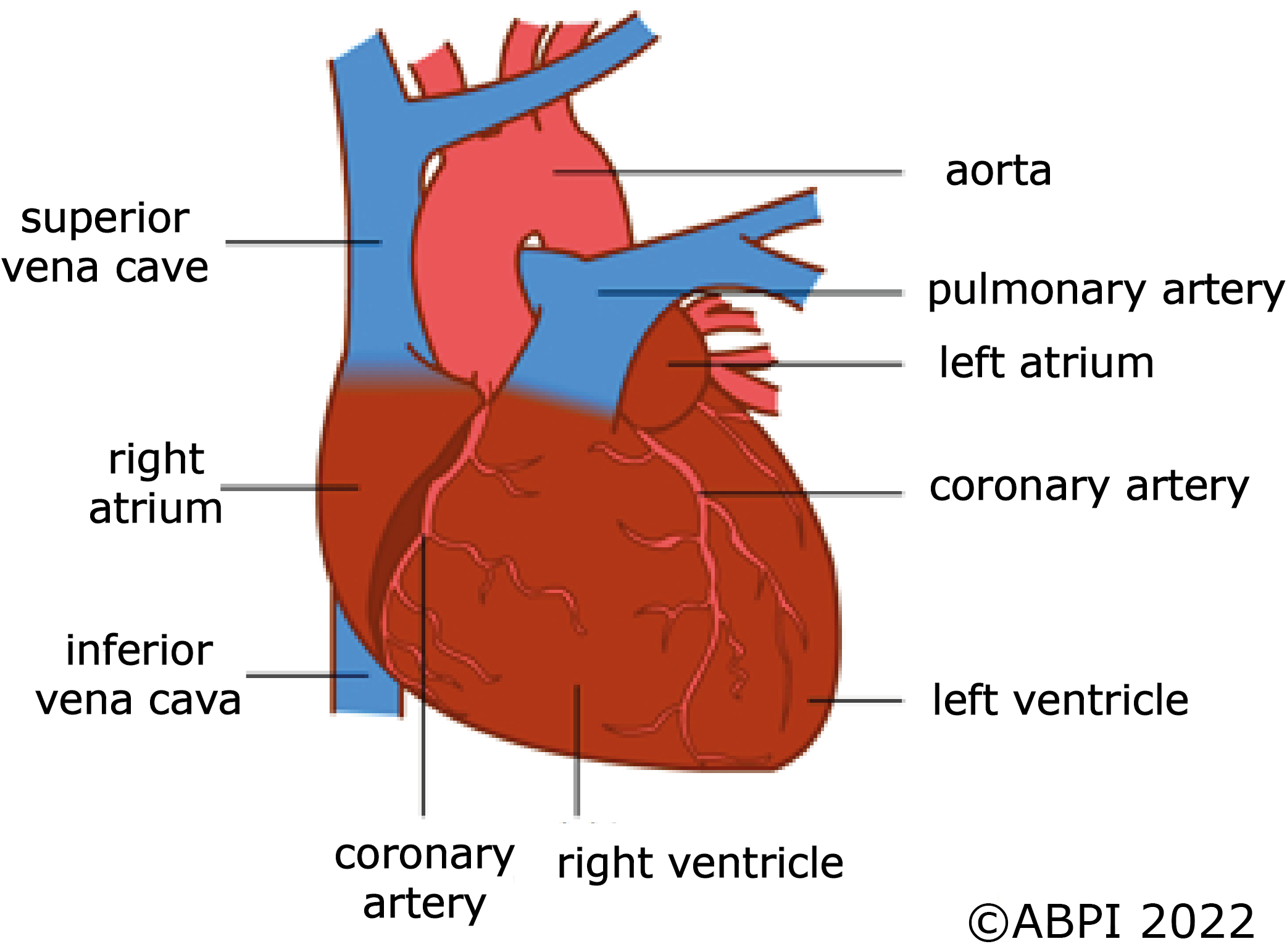
The heart starts beating when an embryo is only weeks old, and it continues beating all through your life. Your heart is a muscular bag which fills with blood and pumps it to the lungs and around the body. As you can see in the diagram, it has a good blood supply of its own. The coronary arteries make sure the heart muscle gets lots of food and oxygen so they can keep contracting and relaxing day and night.
The heart is divided into two pumps. Deoxygenated blood from the body enters the right atrium through the vena cava.
Oxygenated blood from the lungs enters the left atrium in the pulmonary vein at the same time.
The atria contract together and force the blood down into the ventricles. Valves close so that blood does not flow backwards.
When the ventricles have filled with blood they contract. The right ventricle forces deoxygenated blood to the lungs in the pulmonary artery. The left ventricle pumps oxygenated blood out of the heart and around the body in the aorta. Valves close to stop blood flowing back into the heart.
The blood from the two sides of the heart never normally mixes.
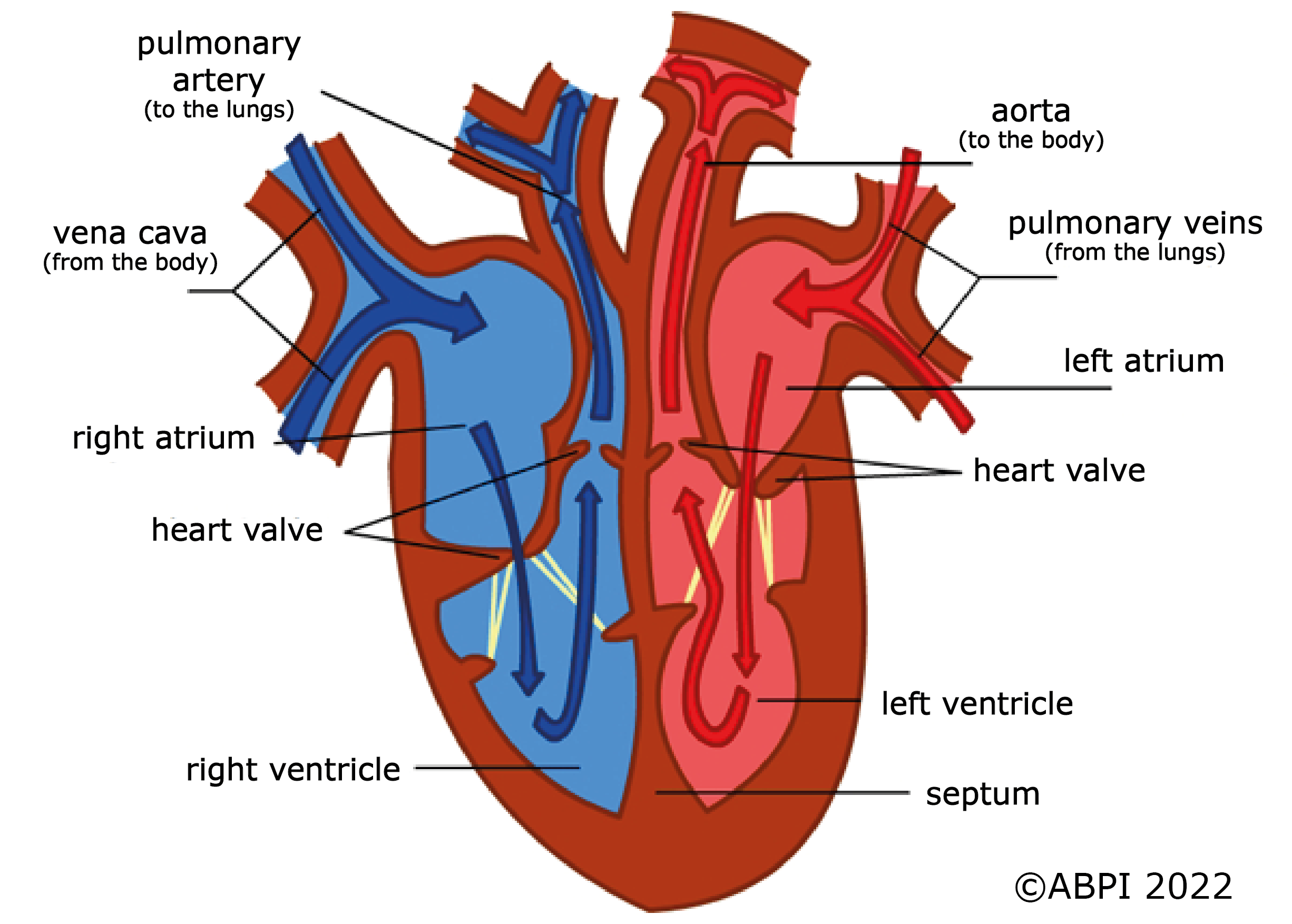
The two sides of the heart fill and empty at exactly the same time to give you a strong, coordinated heartbeat. When the heart contracts and forces the blood out of the ventricles it is known as systole. When the heart is relaxed and filling with blood it is known as diastole.
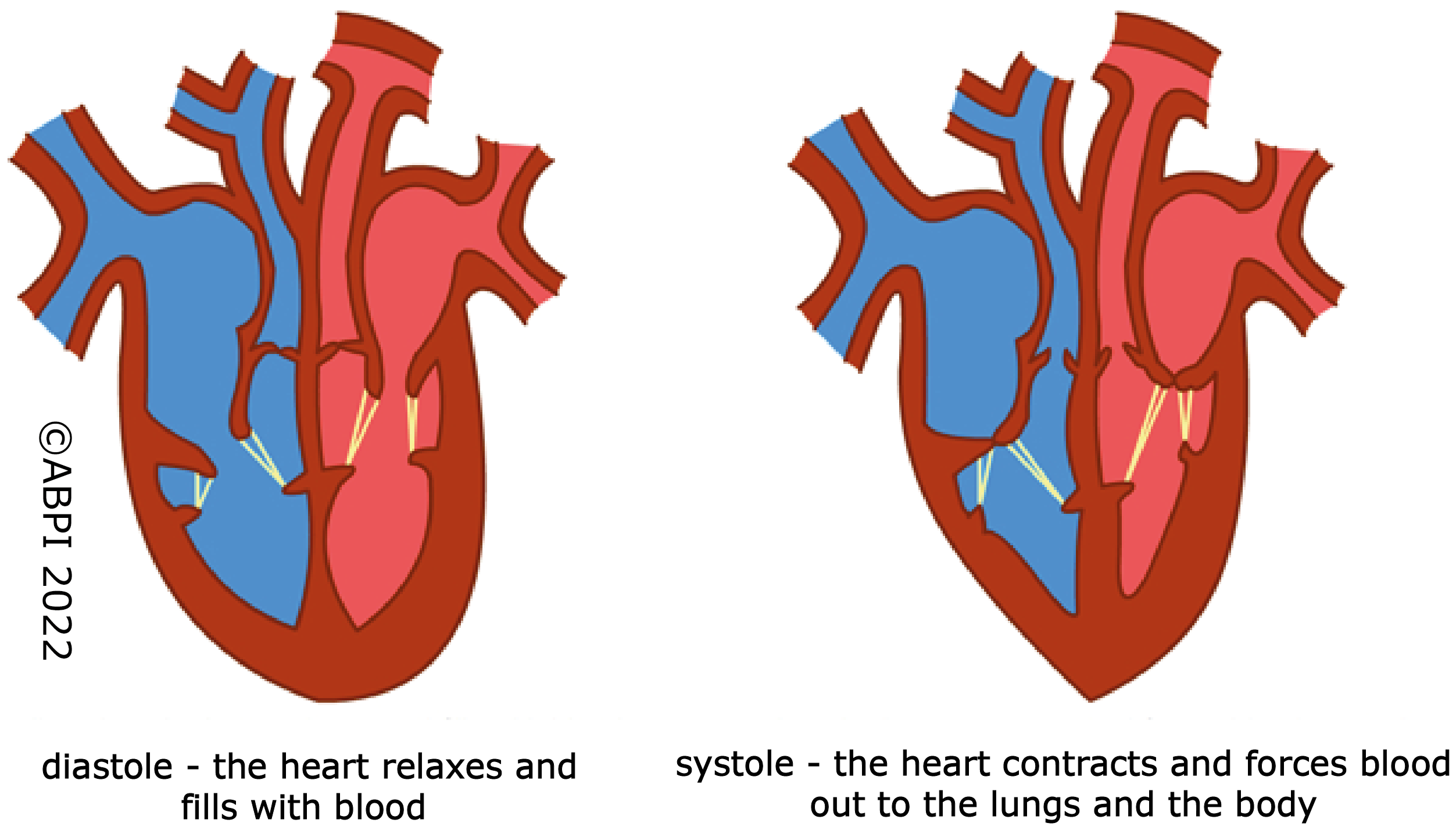
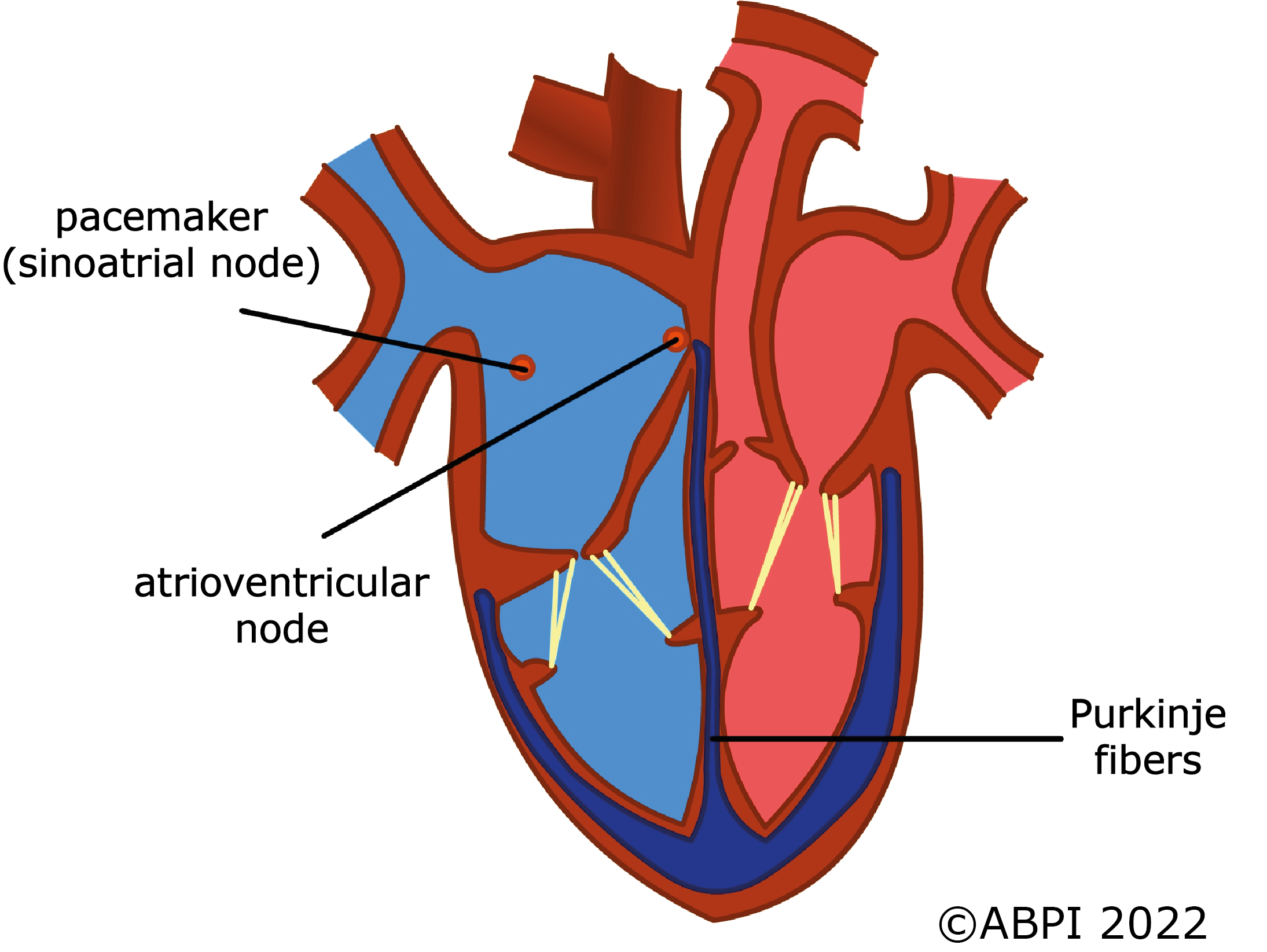
Your heart beats regularly throughout your life - you don't have to think about it.
Your resting heart rate is controlled by a group of cells in the right atrium. These cells act as a natural pacemaker. They produce a regular electrical signal which spreads through the heart tissue and makes it contract around 70 times a minute. The pacemaker cells are also known as the sinoatrial node.
The pacemaker keeps the heart beating at a steady rhythm. However when you exercise your cells need more food and oxygen and make more waste carbon dioxide. Your heart responds by pumping faster and by pumping a bigger volume of blood each time it beats. Once the exercise is over and the demands of the cells fall back to normal, your heart also returns to its resting rate.
An average person can maintain their pulse at around 130 beats/minute to cope with activity for short periods of time. Very fit people such as elite marathon runners may have resting heart rates as low as 40-50 beats/minute because training has made their cardiovascular system extremely efficient. During a race they can run for long periods of time without their pulse rising much over 110 beats/minute. Being overweight, or doing very little exercise, means that the body is less able to cope with the demands of physical activity.
